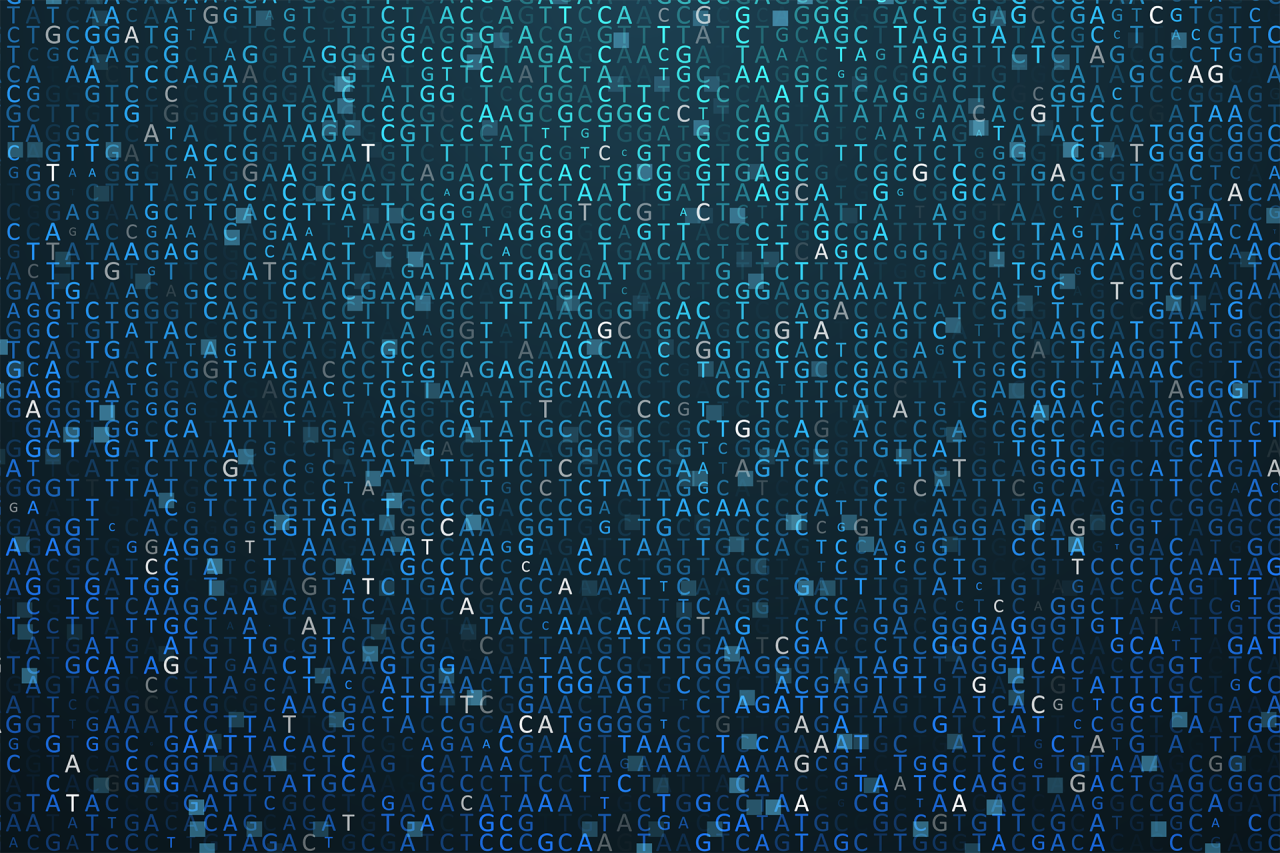Reviewed by Danielle Ellis, B.Sc.Oct 6 2023
A protist’s genome revealed an apparently unusual divergence in the DNA coding signaling the end of a gene, indicating the need for more research to better comprehend this varied group of creatures.
 In Oligohymenophorea sp. PL0344, only TGA functions as a stop codon. Image Credit: Earlham Institute
In Oligohymenophorea sp. PL0344, only TGA functions as a stop codon. Image Credit: Earlham Institute
Dr Jamie McGowan, a postdoctoral scientist at the Earlham Institute, examined the genomic sequence of a microscopic creature known as a protist recovered from an Oxford University Parks freshwater pond.
The goal of the research was to put a DNA sequencing pipeline through its paces using very tiny quantities of DNA, such as DNA from a single cell. Dr McGowan collaborated with scientists at the Earlham Institute as well as Professor Thomas Richards’ department at the University of Oxford.
When researchers examined the genetic code, they discovered that the protist Oligohymenophorea sp. PL0344 is a unique species with an unusual alteration in how its DNA is translated into proteins.
It is sheer luck we chose this protist to test our sequencing pipeline, and it just shows what is out there, highlighting just how little we know about the genetics of protists.”
Dr Jamie McGowan, Postdoctoral Scientist, Earlham Institute
It is difficult to make generalizations regarding prototists. The majority are minute, single-celled creatures such as amoebas, algae, and diatoms, although bigger multicellular protists such as kelp, slime moulds, and red algae do occur.
Dr McGowan added, “The definition of a protist is loose—essentially it is any eukaryotic organism which is not an animal, plant, or fungus. This is obviously very general, and that’s because protists are an extremely variable group. Some are more closely related to animals, some more closely related to plants. There are hunters and prey, parasites and hosts, swimmers and sitters, and there are those with varied diets while others photosynthesize. Basically, we can make very few generalizations.”
The ciliate Oligohymenophorea sp. PL0344. Swimming protists are visible under a microscope and can be found practically everywhere there is water.
The codons TAA, TAG, and TGA, known as stop codons, are often reassigned in ciliates, which is a common occurrence in genetic code alterations. These three stop codons are utilized in almost all species to indicate the end of a gene.
Genetic code variations are quite uncommon. The codons TAA and TAG practically invariably have the same translation among the few genetic code variations that have been recorded so far, indicating that their evolution is related.
“In almost every other case we know of, TAA and TAG change in tandem. When they aren’t stop codons, they each specify the same amino acid,” added Dr McGowan.
DNA functions much like a building’s blueprint. It gives directions for the task to be done; it accomplishes nothing on its own. A gene must be “read” and formed into a molecule with a physical effect in order for it to have an effect.
DNA must first be translated into an RNA copy to be read. Another region of the cell translates this copy into amino acids, which are then joined to form a three-dimensional protein. The DNA start codon (ATG) is where the translation process begins, and the stop codon (often TAA, TAG, or TGA) is where it ends.
Only TGA serves as a stop codon in Oligohymenophorea sp. PL0344, however, Dr McGowan discovered that there are more TGA codons than predicted in the ciliate’s DNA, which is thought to make up for the lack of the other two. Instead, TAG designates glutamic acid while TAA designates lysine.
Dr McGowan concluded, “This is extremely unusual. We are not aware of any other case where these stop codons are linked to two different amino acids. It breaks some of the rules we thought we knew about gene translation—these two codons were thought to be coupled. Scientists attempt to engineer new genetic codes—but they are also out there in nature. There are fascinating things we can find, if we look for them. Or, in this case, when we are not looking for them.”
Source:
Journal reference:
McGowan, J., et al. (2023). Identification of a non-canonical ciliate nuclear genetic code where UAA and UAG code for different amino acids. PLoS Genetics.. doi.org/10.1371/journal.pgen.1010913